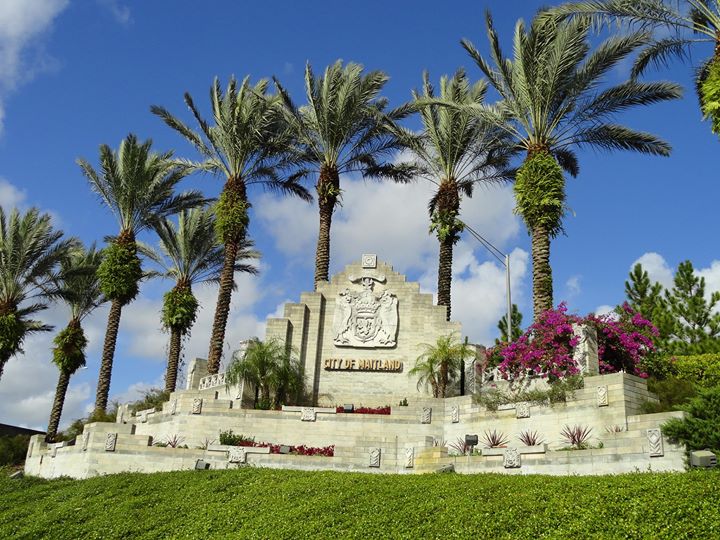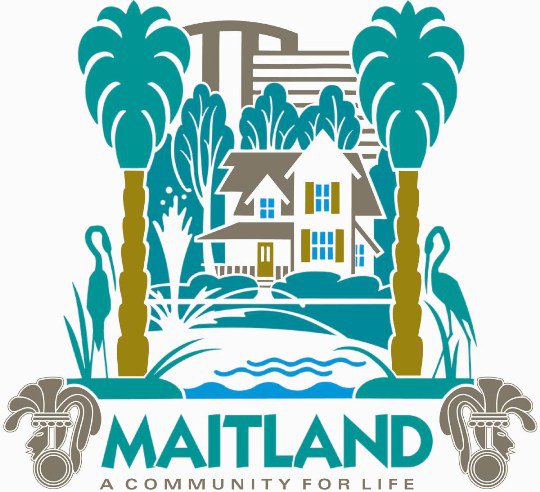Maitland, one of the oldest incorporated municipalities in Central Florida, is a city rich in history. The area was once called Fumecheliga (Musk Mellon Place) by the Seminole Indians before it was established as Fort Maitland in 1838 by the U.S. Army. The fort was named after captain William Seton Maitland, a hero of the Seminole Wars who, ironically, was never in this area, having died in a battle near Tampa. At that time, the only way of getting to Central Florida was by boat from Jacksonville down the St. Johns River to Fort Mellon (Sanford), then by horse or foot. Fort Maitland was a small fort built on the west shore of Lake Maitland as a rest stop between Fort Mellon and Fort Gatlin (Orlando).
What is now Maitland Avenue was part of the Old Black Bear Trail which ran from Montreal, Canada to St. Petersburg, Florida, and passed by the fort.
While growth continues, residents of the city are proud of the city’s past and actively pursue preservation of historical residences. A “historical corridor” has been established. This corridor encompasses old residences still standing and occupied in the Lake Lily-Lake Catherine area and extending through the Central portion of the city. Examples of these homes are: the Arthur O’Heir House (1885), Chadburne Hall or High Oaks (1890), the James Arch House (1885), the Robert L. Wagner House (1881) and the Hill-Stone House (1908). Also, the Florida Audubon Society was founded in Maitland and continues in its protection of wild birds on Lake Sybelia.
The City of Maitland has a history of strong residential identity, sustained by the beauty of the area and the diverse economy in the region. This history continues today, and the City will maintain and advance this tradition well into the future.
Sorry, no records were found. Please adjust your search criteria and try again.
Sorry, unable to load the Maps API.



